Is this sweet little bronze guy a goner?
mahatmacat1
14 years ago
Related Stories

LANDSCAPE DESIGNProblem Solving With the Pros: How to Build a Garden in an Urban Canyon
Skyscrapers, noise and deep shade create an unlikely sweet spot for a timeless green retreat in New York City
Full Story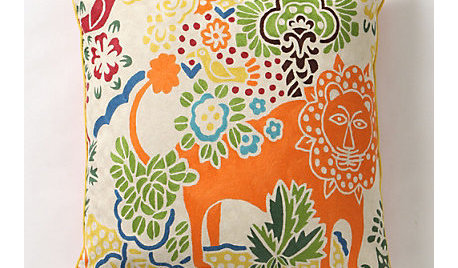
PRODUCT PICKSGuest Picks: In Like a Lion, Out Like a Lamb
Whether regal or sweet, one of March's animals will work with your home's décor
Full Story0
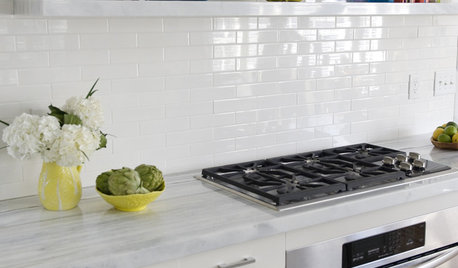
KITCHEN DESIGNWhat to Do if Your Kitchen Is Simply Too White for You
Does your all-white kitchen have you craving a little color? Here are some ways to introduce it
Full Story
KITCHEN COUNTERTOPS7 Low-Maintenance Countertops for Your Dream Kitchen
Fingerprints, stains, resealing requirements ... who needs ’em? These countertop materials look great with little effort
Full Story
DESIGNER SHOWCASESGlamour Ahead: Get In on the 2013 San Francisco Decorator Showcase
Take an inspiring virtual tour of 20 luxurious spaces in a Georgian mansion that push design and decorating drama to the max
Full Story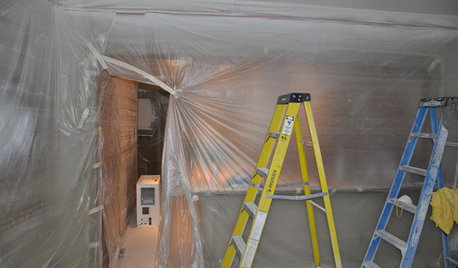
MOST POPULAR11 Things to Expect With Your Remodel
Prepare yourself. Knowing what lies ahead during renovations can save your nerves and smooth the process
Full Story
MOST POPULARHow to Get Rid of Those Pesky Summer Fruit Flies
Learn what fruit flies are, how to prevent them and how to get rid of them in your home
Full Story
PETSGood Dog! Cute Pooches at Home
The dogs of Houzz take you on a tour of their homes and show you where they lounge, eat, play, bathe and nap
Full Story
KITCHEN CABINETSKeeping Cabinet Color on the Down Low
Give just base cabinets a colorful coat for a kitchen sporting character and a spacious look
Full StoryMore Discussions







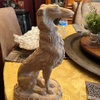
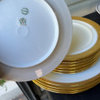



sweeby
mahatmacat1Original Author
Related Professionals
Fayetteville Furniture & Accessories · Hawthorne Furniture & Accessories · Hagerstown Interior Designers & Decorators · Lakeville Painters · Asbury Park Painters · Brea Painters · Chester Painters · Franklin Park Painters · Kansas City Painters · Port Orchard Painters · San Marino Painters · Wilmette Painters · Duluth Furniture & Accessories · Denver Professional Organizers · Perry Hall Professional Organizersmahatmacat1Original Author
mahatmacat1Original Author
mahatmacat1Original Author
sweeby
Fori
mahatmacat1Original Author
linnea56 (zone 5b Chicago)
mahatmacat1Original Author
linnea56 (zone 5b Chicago)